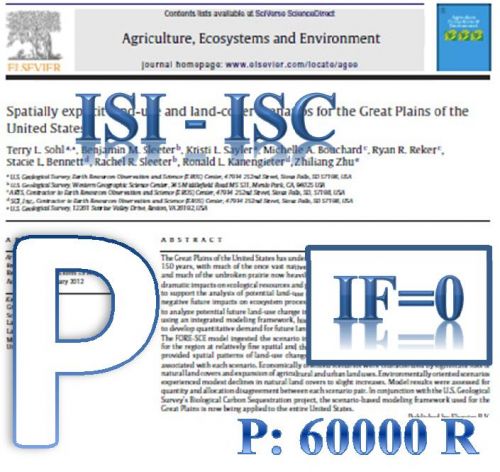The aim of the investigation was to determine the correlation between genetic patterns and strains of Escherichia coli (E. coli) and to evaluate the genetic diversity of E. coli strains isolated from patients admitted to Baqiyatallah Hospital, using the method of repetitive extragenic palindromic sequence polymerase chain reaction (REP-PCR). Materials and Methods. A total of 100 E. coli strains collected from the samples of patients with urinary tract infections were studied. E. coli strains were identified and isolated by the standard bacteriological methods and their DNAs were extracted. The REP-PCR method with REP1R primer was used to type isolated strains. Results. Ninety-eight out of 100 E. coli strains were typable and 2 strains were non-typable. Dendrogram showed that the isolated strains were differentiated by REP-PCR into 7 REP clusters (R1-R7) with 70% similarity. The highest number of strains was found in cluster R4 (22 strains) and this number was the lowest in cluster R3 (7 strains). Conclusion. In Iran, the REP-PCR method has not been used for studying uropathogenic E. coli strains. This technique has shown high differential accuracy in our investigation. E. coli strains have been found to comprise various distinct clones which show the genetic diversity of bacteria in the patients studied
کلید واژگان :uropathogenic E. coli; molecular typing; REP-PCR
ارزش ریالی : 1200000 ریال
با پرداخت الکترونیک
